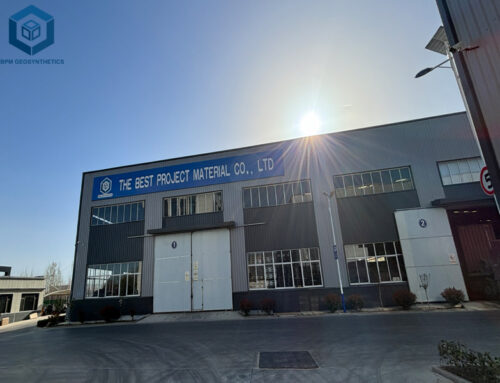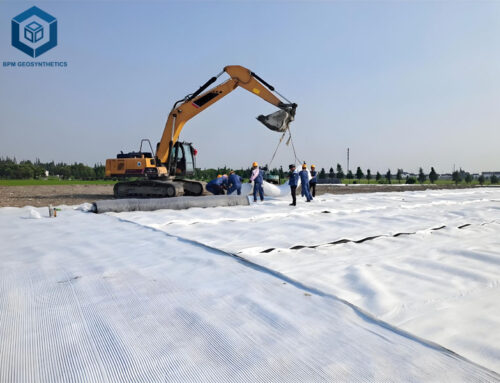6 oz nonwoven geotextile filter fabric is a durable, permeable material designed for separation, filtration, and drainage in construction and environmental projects. BPM Geotextile, a leading manufacturer, produces this high-quality fabric using advanced needle-punching technology, ensuring excellent tensile strength and permeability. The 6 oz weight offers optimal performance for applications such as road construction, erosion control, and drainage systems. Nonwoven geotextile filter fabric versatility and reliability make it a preferred choice for engineers and contractors worldwide. BPM Geotextile’s commitment to innovation and quality ensures that their products meet the highest industry standards, providing long-lasting solutions for geotechnical challenges.
1. What Is 6 Oz Nonwoven Geotextile Filter Fabric?
Geotextiles are synthetic materials widely used in civil and environmental engineering to improve soil stability, drainage, and filtration. Among these, 6 oz nonwoven geotextile filter fabric is a versatile solution for projects requiring lightweight yet durable filtration and separation. This case study explores its properties, manufacturing process, and real-world applications.A 6 oz nonwoven geotextile refers to a fabric weighing 6 ounces per square yard (approximately 203 grams per square meter). It is manufactured using synthetic polymers (typically polypropylene or polyester) through a mechanical or thermal bonding process, creating a porous, felt-like structure.
2. What Is 6 Oz Nonwoven Geotextile Filter Fabric Characteristics?
- Material Composition: Made from 100% polypropylene fibers, ensuring durability and resistance to environmental factors.
- Weight and Thickness: Weighs 6 ounces per square yard (approximately 200 gsm), offering a balance between strength and permeability.
- Permeability: High water flow rate, allowing efficient filtration and drainage while preventing soil clogging.
- Tensile Strength: Excellent mechanical strength to withstand stress and deformation during installation and use.
- UV Resistance: Treated to resist degradation from prolonged exposure to sunlight, ensuring long-term performance.
- Chemical Resistance: Inert to most chemicals, making it suitable for use in harsh environments.
- Puncture Resistance: Provides robust protection against sharp objects, maintaining structural integrity.
- Separation and Filtration: Effectively separates soil layers and filters fine particles, preventing soil mixing and maintaining stability.
- Ease of Installation: Lightweight and flexible, allowing for quick and efficient deployment in various applications.
- Eco-Friendly: Non-toxic and recyclable, aligning with sustainable construction practices.
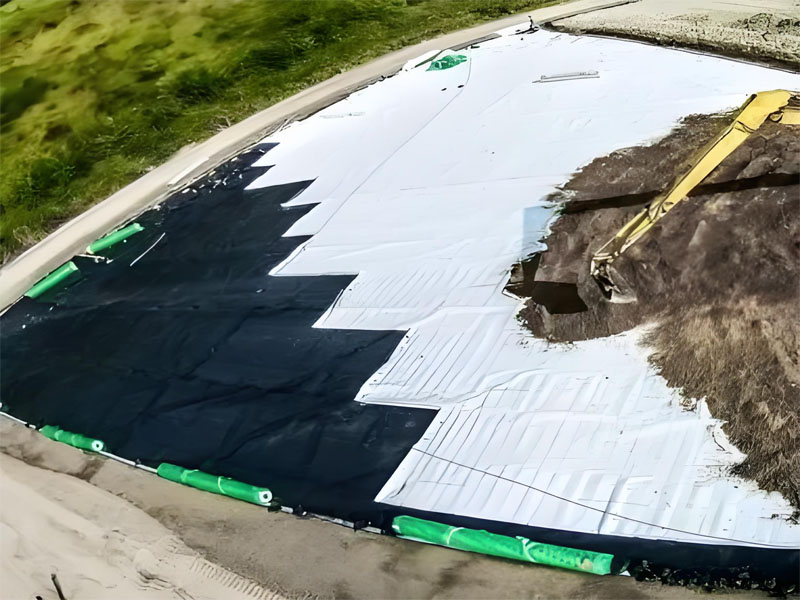
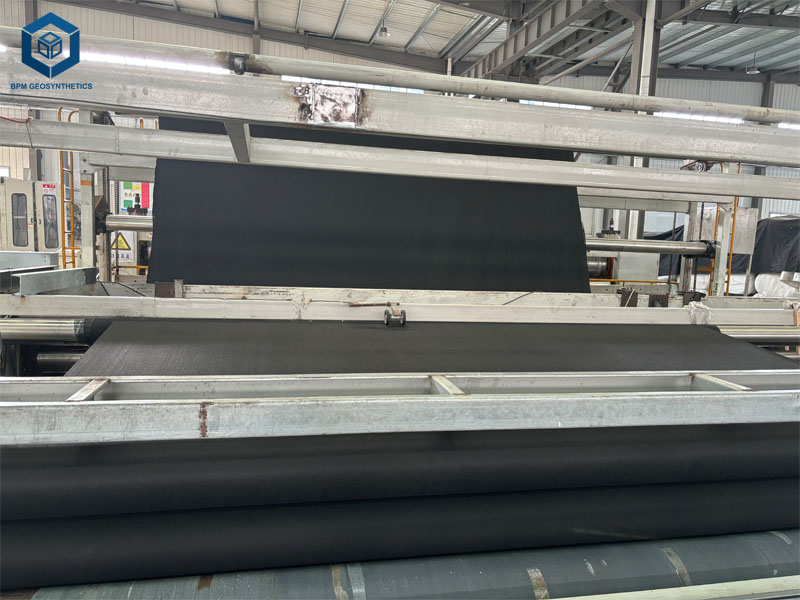
3.What is 6 oz Nonwoven Geotextile Filter Fabric manufacturing process?
The manufacturing process of 6 oz nonwoven geotextile filter fabric involves several advanced steps to ensure high-quality performance. BPM Geotextile utilizes state-of-the-art needle-punching technology to produce this fabric. First, they process 100% polypropylene fibers into a uniform web through carding. Next, they mechanically bond the fibers using needle-punching machines, creating a strong and durable fabric structure. The fabric is then thermally calibrated to achieve consistent thickness and weight, specifically 6 ounces per square yard. Finally, BPM Geotextile treats the fabric with UV stabilization to enhance its resistance to sunlight degradation. This meticulous process ensures the fabric meets industry standards for filtration, drainage, and separation applications, making it a reliable choice for geotechnical projects.
4. Applications of 6 Oz Nonwoven Geotextile Filter Fabric
4.1 Roadway and Pavement Construction
- Role: Prevents intermixing of soil layers (e.g., subgrade and aggregate base).
- Case Example:In a residential road project in Texas, 6 oz geotextile was installed beneath a gravel base. The fabric stabilized the soft clay subsoil, reduced rutting, and extended the pavement’s lifespan by 30%.
4.2 Drainage Systems
- Role: Filters sediment while allowing water to escape, preventing clogging in pipes or gravel drains.
- Case Example:A sports field in Florida used the fabric to line French drains. It prevented soil erosion during heavy rains and maintained effective drainage for over a decade.
4.3 Landfill Liners and Leachate Management
- Role: Protects geomembranes from puncture and filters leachate contaminants.
- Case Example:At a municipal landfill in Ohio, 6 oz geotextile was layered above the clay liner. It reduced particulate migration and improved leachate collection efficiency.
4.4 Erosion Control
- Role: Stabilizes slopes and shorelines when paired with riprap or vegetation.
- Case Example:A riverbank restoration project in Colorado used the fabric beneath rock gabions. It minimized soil loss during floods while promoting natural vegetation growth.
4.5 Agricultural Drainage
- Role: Enhances subsurface drainage in farm fields.
- Case Example:A vineyard in California installed the geotextile in drainage trenches, reducing waterlogging and improving crop yield by 20%.
5. What is the advantages of 6 oz Nonwoven Geotextile Filter Fabric Over Traditional Methods
BPM Geotextile’s 6 oz nonwoven geotextile filter fabric offers several advantages over traditional filtration and stabilization methods:
5.1 6 Oz Nonwoven Geotextile Filter Fabric – Superior Filtration & Drainage
The high permeability of BPM Geotextile’s fabric ensures efficient water flow while preventing soil erosion and clogging, outperforming conventional gravel and sand filters.
5.2 6 Oz Nonwoven Geotextile Filter Fabric – Enhanced Soil Stabilization
By reinforcing the soil structure, the fabric distributes loads evenly, reducing settlement and increasing the longevity of roadways, foundations, and retaining walls.
5.3 6 Oz Nonwoven Geotextile Filter Fabric – Cost-Effective & Easy Installation
Compared to traditional methods, BPM Geotextile’s 6 oz nonwoven fabric is lightweight, easy to transport, and quick to install, significantly cutting labor and material costs.
5.4 6 Oz Nonwoven Geotextile Filter Fabric – Durability & Longevity
Made from high-quality polypropylene or polyester fibers, BPM’s geotextile fabric resists degradation from UV exposure, chemicals, and biological factors, ensuring long-term performance.
5.5 6 Oz Nonwoven Geotextile Filter Fabric – Environmental Sustainability
This geotextile reduces the need for excessive aggregate materials, minimizing environmental disruption and making it a more eco-friendly choice.
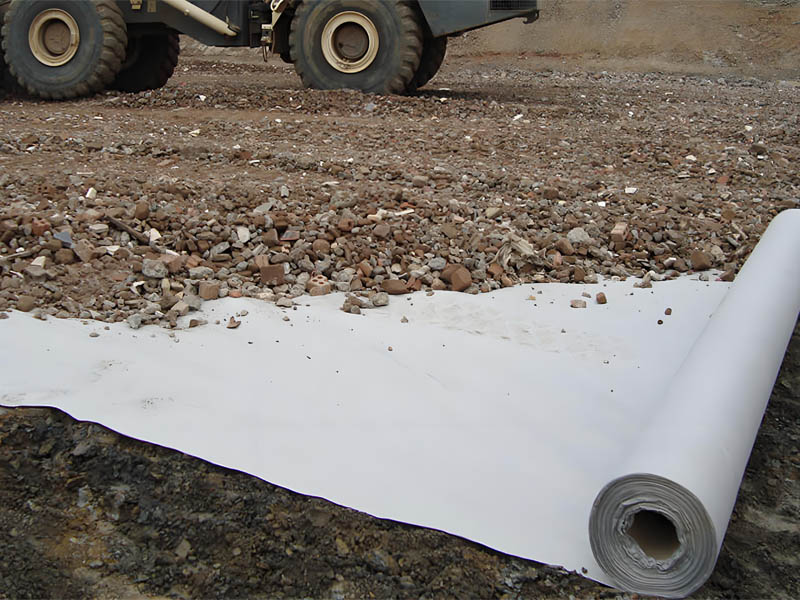
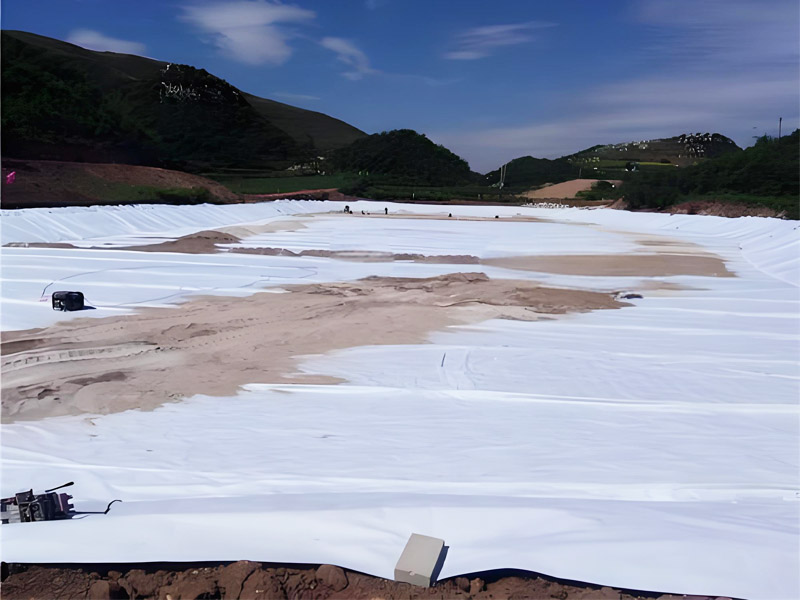
6. Nonwoven Geotextile Case Study: Stabilizing a Rural Road in Vietnam
6.1 Project: Rehabilitation and stabilization of a rural road in the Mekong Delta, Vietnam
- Challenge: The existing dirt road was prone to flooding and erosion during the rainy season, making it impassable and disrupting transportation of agricultural goods. The soft, clayey soil provided poor support for vehicles, leading to rutting and further deterioration.
- Solution: A nonwoven geotextile was chosen as a cost-effective and sustainable solution to stabilize the roadbed and improve drainage. The geotextile’s properties offered several advantages:
- Separation: The geotextile prevented the mixing of the soft subgrade soil with the aggregate base course, maintaining the road’s structural integrity.
- Filtration: It allowed water to pass through while preventing soil particles from migrating, reducing the risk of clogging and maintaining drainage.
- Reinforcement: The geotextile distributed loads over a wider area, reducing stress on the subgrade and minimizing rutting.
6.2 Implementation:
- Site Preparation: The existing road was graded and compacted to create a smooth surface.
- Geotextile Installation: Rolls of nonwoven geotextile were laid perpendicular to the road centerline, with overlaps of 30 cm to ensure continuity.
- Aggregate Placement: A layer of crushed stone aggregate was placed and compacted over the geotextile to create a stable base course.
- Surface Course: A final layer of asphalt or gravel was applied to provide a smooth driving surface.
6.3 Results:
- Improved Road Performance: The geotextile significantly reduced rutting and improved the road’s load-bearing capacity, even during the rainy season.
- Enhanced Drainage: Water drained more effectively through the geotextile, preventing waterlogging and extending the road’s lifespan.
- Cost Savings: The use of geotextile reduced the amount of aggregate needed and minimized maintenance costs over time.
- Sustainability: The geotextile solution provided a durable and environmentally friendly alternative to traditional road stabilization methods.
7. Conclusion:
This case study demonstrates the effectiveness of nonwoven geotextiles in stabilizing rural roads in challenging soil conditions. By providing separation, filtration, and reinforcement, geotextiles offer a cost-effective and sustainable solution for improving road performance, extending lifespan, and ensuring reliable transportation in rural areas.
As a leading manufacturer and supplier, BPM Geotextile is committed to providing high-quality geotextile solutions that meet the demands of modern engineering and environmental protection. With superior durability, easy installation, and cost-effectiveness, BPM’s 6 oz nonwoven geotextile fabric is a trusted choice for contractors, engineers, and project developers worldwide.


